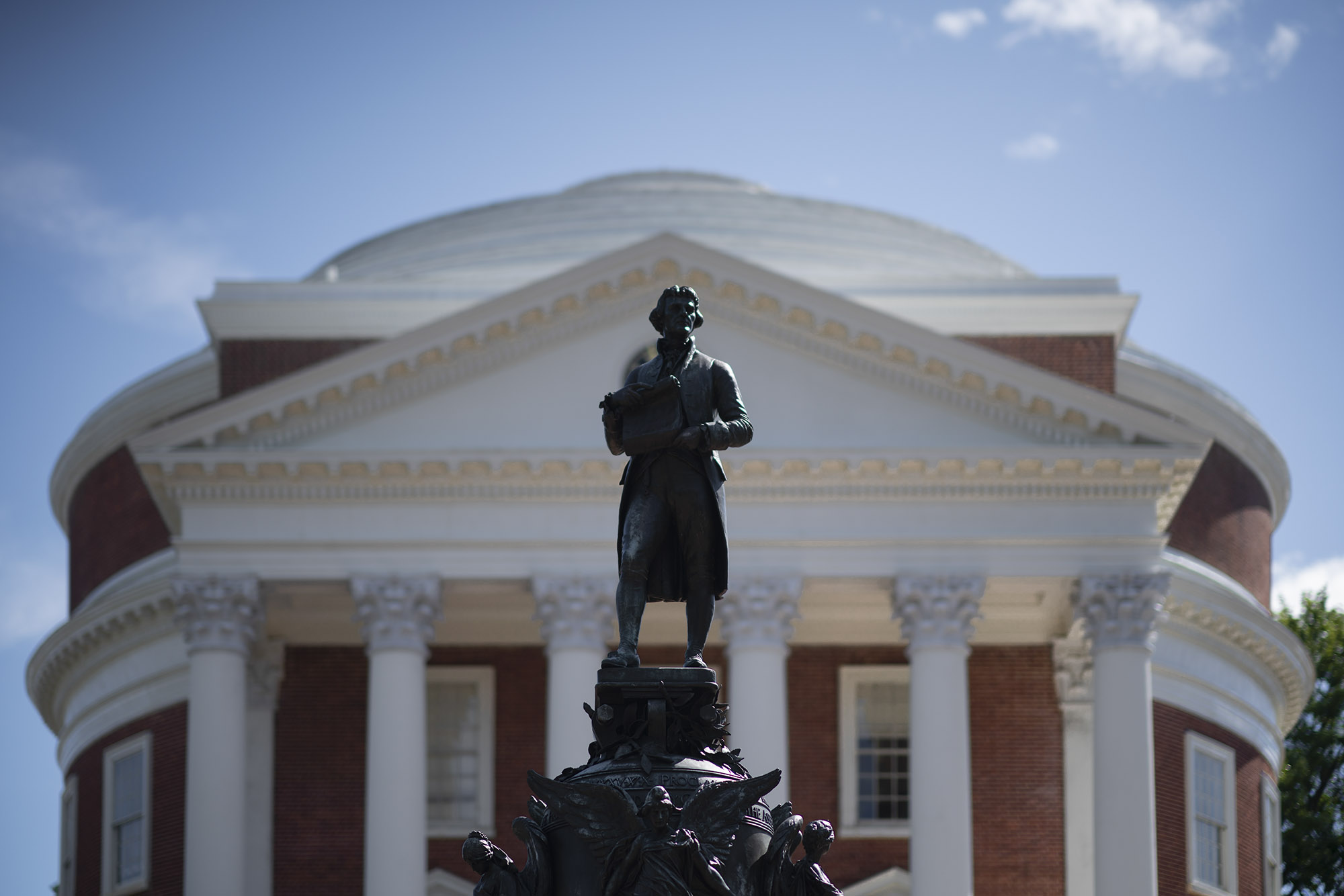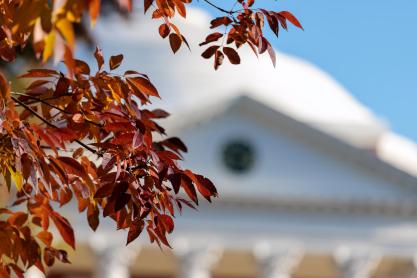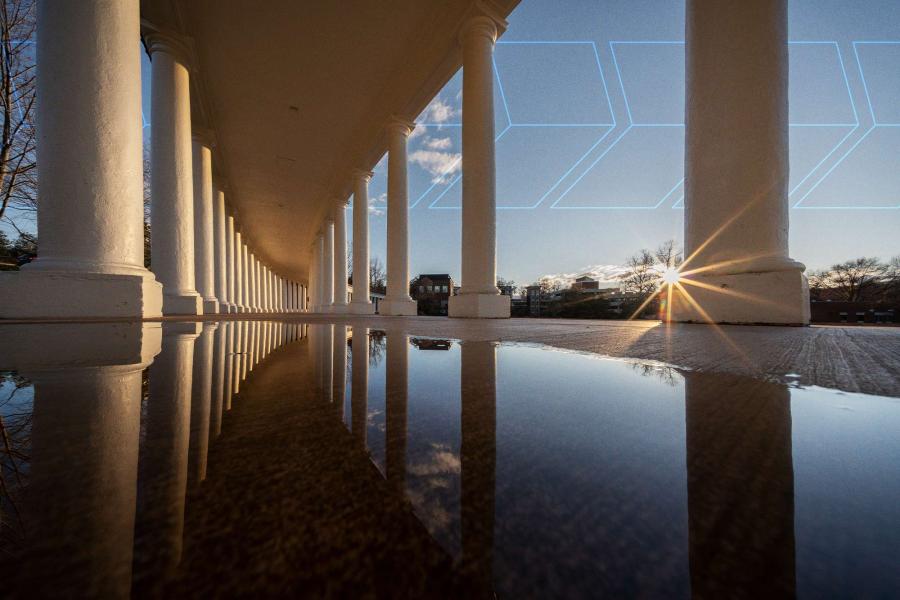In a memo outlining its recommendation, the Naming and Memorials Committee envisions that the contextualizations could be accessed via digital QR codes, which are barcodes that provide links to information on mobile phones or other digital devices, or via related technology. The digital format permits multi-layered storytelling and detail that isn’t possible in a static format, such as signage or a supplemental plaque – and allows the information to be augmented as new research or scholarship is gathered.
The committee said it applauds plans to add select markers to commemorate the Black Bus Stop, the Ginger Scott Case and the Coat and Tie Rebellion, for example, but believes that the number of statues and memorials on Grounds makes markers an impractical tool for the depth of contextualization the committee envisions.
The committee’s recommendation states that the “overriding purpose of contextualization should be to provide an ever-contemporary and robust context to our environment, not to suggest a particular perspective, but to afford a balanced and fulsome experience, enabling all who visit our Grounds to develop their own informed perspective.”
Committee chair Michael Suarez, English professor and director of the Rare Book School, said the committee’s recommendation is based in part on a belief that presenting a more comprehensive history, which does not avoid contentious issues or difficult questions, will promote healing and strengthen the community.
“The statues and memorials on our Grounds are fixed in place physically, but our knowledge about them and the history they represent is in near-constant motion,” Suarez said of the task. “We believe it’s important to explore this context, make it accessible, and inspire people to engage with one another in ways that build understanding and advance the common good.”
In its memo of recommendations, the committee writes to Ryan: “We believe that, through digital contextualization, the University can best encourage both residents and visitors to think more deeply, not only about particular memorials, but also about the cultures that created them and about the changing nature of public memory and commemoration across decades and generations. In doing so we hope to occasion in those who walk these Grounds a greater sense of the past and why it matters today.”
Rector James B. Murray and fellow Board of Visitors members applauded the recommendation at their virtual meeting on Tuesday.
“Few universities in America have histories as deep and textured as the University of Virginia. Telling this story as completely as possible is part of the responsibility of being at a remarkable place like UVA,” Murray said. “Creating a digital contextualization of our statues and memorials gives us a tool for this work that is accessible, flexible and respectful of the built environment.”










